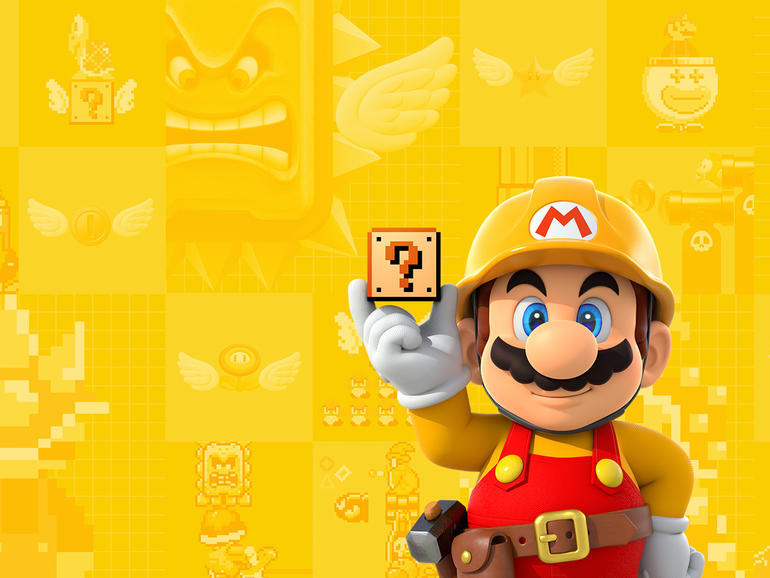Mario has always been a major facet in the zeitgeist – whether it was the early games or the movie that’s releasing later this year (or that one from the 90s). And it’s showing no sign of disappearing from pop culture any time soon. Mario will be a staple forever. At least, that’s what the creators of MarioGPT were going for. A platform that makes use of artificial intelligence to build an infinite number of levels for you to conquer. Until Nintendo gets a whiff, that is.
The researchers behind the project currently belong to the IT University of Copenhagen. The team recently published a paper and GitHub page to really show off how they managed to build the infinite Mario-maker (and how you could potentially copy them).
Artificial levels

MarioGPT got its skills from two games: Super Mario Bros and Super Mario Bros: The Lost Levels. After being forced to continuously play these games, it’s learned the game’s enemies, world design and basic gameplay. Now, using deep learning models, it’s able to create its own.
The AI itself is built around GPT-2, an older version of OpenAI’s language model we’ve been hearing so much about. While speaking to TechCrunch, the lead author of the paper, Shyam Sudhakaran, said that the only reason they went with an older model was to see if it worked in the first place.
“I think with small datasets in general, GPT2 is better suited than GPT3, while also being much more lightweight and easier to train. However, in the future, with bigger datasets and more complicated prompts, we may need to use a more sophisticated model like GPT3.”
Read More: ChatGPT threatens language diversity. More needs to be done to protect our differences in the age of AI
Making an infinite Mario
It’s not as if there’s a button that’ll magically make the AI understand the game and start pumping out levels. Besides the hours of training it underwent, the team had to make it so that GPT-2 could actually understand the levels. It did that by turning the levels into text, which looks something like this:

The GPT-2 model understands each symbol as a separate entity, with the capital Xs representing the floor, lowercase x representing a basic path forward, [] being a pipe, etc. Since the model can now understand the ‘Mario-code’, the researchers added the ability to generate levels using regular language dialects like “lots of pipes and lots of enemies” or “many pipes, many enemies.”

As it stands, MarioGPT is pretty basic. But that’s okay. The researchers behind it weren’t building and training this AI for our enjoyment (that’s just a byproduct), but rather as a way to see if they could. Sudhakaran, the lead author, said “In future work, we’re gonna explore some richer datasets!” which hints at a possible MarioGPT-2 sequel that could make use of beefier language models and build more intricate levels.
Be gone, Nintendo. This isn’t for your eyes.
Source: TechCrunch




